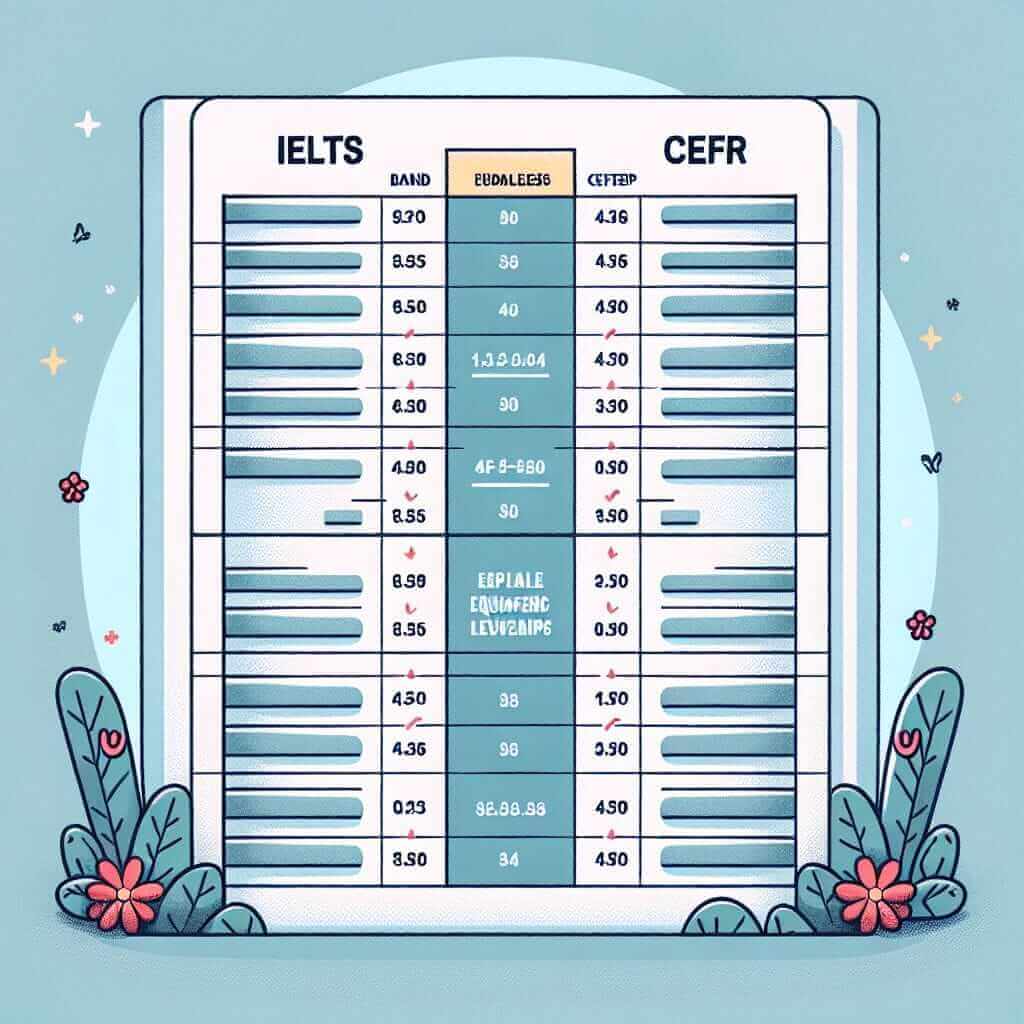For language learners, especially those aiming to study or work abroad, understanding how different language proficiency scales relate to each other is crucial. Two prominent systems frequently used are the International English Language Testing System (IELTS) and the Common European Framework of Reference for Languages (CEFR). This article will delve into the connection between IELTS and CEFR, answering the common question: Can IELTS scores be directly translated into CEFR levels?
Understanding IELTS and CEFR
What is IELTS?
The IELTS is an internationally recognized English language proficiency test, widely used for study, work, and immigration purposes. It assesses English language skills across four modules: Listening, Reading, Writing, and Speaking. Test-takers receive a band score from 0 to 9 for each module, as well as an overall band score.
What is CEFR?
The CEFR, on the other hand, is a descriptive scale that outlines language proficiency levels. It ranges from A1 (beginner) to C2 (proficient), providing a standardized way to describe language ability across different languages.
Comparing IELTS and CEFR
While both systems assess English language proficiency, they differ in their approach and purpose. IELTS focuses on evaluating English language skills in practical situations, while CEFR provides a broader framework to describe overall language competence.

Can You Convert IELTS to CEFR?
While a direct, precise conversion is not possible, there are official alignment tables available from organizations like the British Council and Cambridge English. These tables provide an approximate equivalence between IELTS band scores and CEFR levels. For instance:
- IELTS 4.0-4.5: Roughly equivalent to CEFR B1
- IELTS 5.5-6.0: Roughly equivalent to CEFR B2
- IELTS 7.0-7.5: Roughly equivalent to CEFR C1
Important Note: These are estimations, and individual skills within a CEFR level might not always align perfectly with corresponding IELTS scores.
Practical Implications and Tips
Understanding the relationship between IELTS and CEFR can be helpful in various situations:
- Setting Realistic Goals: By understanding the CEFR level required for your desired academic program or job, you can set a target IELTS score accordingly.
- Tracking Progress: Use the CEFR framework to track your progress and identify areas for improvement.
- Choosing Learning Resources: Select learning materials aligned with your target CEFR level to ensure they match your proficiency goals.
Conclusion
While a perfect conversion between IELTS and CEFR remains elusive, the alignment tables offer a valuable guide for students, educators, and institutions. Remember, focusing on developing strong English language skills is paramount, and understanding these frameworks can aid in setting goals and measuring progress effectively.